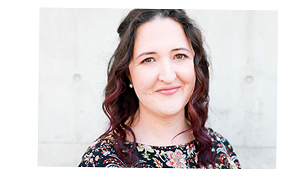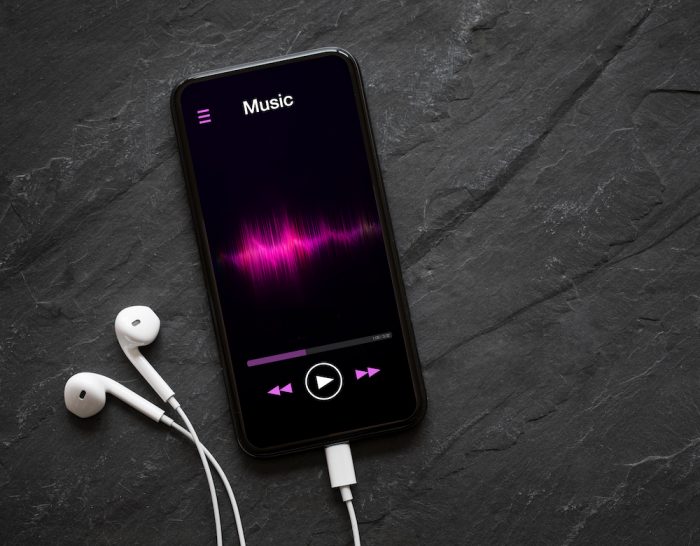There’s a story about Coldplay, at the height of their fame, sending a song to David Bowie in the hope of a collaboration.
Bowie turned them down saying, “It’s not a very good song, is it?”
Upon reflection Coldplay acknowledged Bowie was right and they learned the hard way that you don’t just get what you want without it being up to a certain standard.
Ironically, around the same time Bowie was in a NY studio while Canadian band Arcade Fire were recording their song and album Reflektor. He liked what he heard so much that he volunteered to do backing vocals.
I read a tribute from CEO of the Brag Media Luke Girgis to Michael Taylor, the former managing director of Universal Music Australia who died on January 11 after a short cancer battle.
Taylor introduced us to artists from Delta Goodrem to Hilltop Hoods. Girgis worked with Taylor initially as manager of rapper Chance Waters. He applied strong arm tactics into the deal negotiated with Taylor’s Island Records, leaving little room for error.
Taylor told him,
“Just because you can get everything out of a deal doesn’t mean you should.”
As we head into a new and exciting year of radio, I would like these words to also resonate with music stations and the Australian music industry.
In 2023 not a single Australian song released that year made the ARIA End of Year Top 100 Singles Chart.
Vance Joy’s “Riptide” from 2013 did and The Kid LAROI’s collaboration “Stay” with Justin Bieber from 2021, but nothing from 2023.
The Top albums of 2023, which really are a mix of old and new now, didn’t fare much better, but there is ONE Australian album release from 2023 on that list; Spacey Jane’s Here Comes Everybody at 87.
Radioinfo every week publishes the AirCheck Australia and New Zealand Airplay charts which lists the songs getting the most spins on commercial radio.
This week there are 11 Australian songs in the top 40. 20-25% is roughly standard.
Much has changed in the last 40 years but, by comparison, when the discovery of a new song WAS largely driven by radio, in 1983 there were five Australian acts in the the ARIA equivalent Kent Music Report end of year top 25. The number one song was the spoken word standup comedy routine Australiana by Austen Tayshus.
As you may be aware there is a push by the Australian Recording Industry Association (ARIA) and Phonographic Performance Company of Australia (PPCA) for an Amendment Bill, called Fair Pay for Radio Play, to the Copyright Act 1968 to remove restrictions limiting the Copyright Tribunal’s ability to determine the amount payable to rights holders in sound recordings.
I understand why the Australian music industry wants this, and also why Commercial Radio and Audio (CRA) is pushing back. Radio has enforced quotas of Australian music they must play. On Spotify you need 1000 streams of a song to even start receiving revenue. In the US musical artists are not paid any royalties for having their songs played on radio which makes you realise that, while the amounts might be small, our broadcast industry is protecting (somewhat) theirs.
With Kyle and Jackie O’s move into Melbourne pending, these Tracka statistics from Paul Amos from last year are worth a re-mention too. They showed that music makes up just 1% of the content of a typical K&J KIIS breakfast show. That might mean they play only one Australian song per show, or none.
ARN and KIIS have invested in their voices on air and not the music they play.
Unfortunately, I think that the more the Australian music industry pushes radio stations to increase payment for their music, the less music the stations will play in general. Soon we’ll see spaces where music was normally played in day parts being replaced by podcast or other talk segments. If every station replaced one song every hour with five minutes of audio instead, imagine how much less the music industry both here and overseas would earn.
While there is a quota on Australian music and ad content, I’m not sure there is a music percentage for a commercial radio station in general. And can this be supplemented by a DAB+ music station belonging to the network? I’d be interested to know if the same Australian quotas must be applied to a network like SCA’s digital station Swiftie radio on LiSTNR and Nova’s (Taylor’s Version) who have been playing Taylor Swift 24/7.
Smooth (radio stations and DAB) and 96fm Perth are rating very well as life returns to normal post fires and covid. They do tend to spike at the end of a year when most of the leading metro stations are heading towards or on a break. We’re tired of the news cycle and literally want to chill.
The other aspect of stations like smooth, 96fm, WSFM and Gold that I don’t think has fully been articulated is that while I feel like people, particularly people aged under 25, aren’t using radio to discover new music anymore, they are, intentionally or not, using it to discover old music.
Someone right now is hearing Fleetwood Mac’s Dreams for the first time.
I specifically mention that song as on ARIA’s list of the top 100 singles of 2023, Dreams, released in 1977, was at No 33.
The top two songs currently on highest rotation on Australian commercial radio are by American Paul Russell (who went viral via TikTok) and Canadian Tate McRae (who went viral via YouTube). Even Dreams revival of fortune can be partly attributed to a cranberry juice drinking skateboarder on TikTok.
Riptide, by former AFL footballer Vance Joy, entered the ARIA charts at No 75 in April 2013 and took three months to reach its peak of No 7. Almost a decade ago exactly it was voted No 1 on triple j’s 2013 Hottest 100. Riptide would go on to spend 120 consecutive weeks in the ARIA charts, which was and still is the record. In 2023 it is was still the most played song on Australian radio and, for my mind, the last true example of radio assisting a song into something bigger than the sum of its parts.
All the radio airplay that new release Australian music got last year, via recognisable names like Guy Sebastian, Ricki-Lee, Sia, Jessica Mauboy and even Kylie Minogue, did not translate into similar sales and streams. Like Bowie said to Coldplay, perhaps our local product is just not good enough to resonate like a Riptide in a saturated music market.
That then makes the Australian music industry asking for more back financially from commercial radio a tall order and I can see the result in 2024 being the lines between talk and music stations becoming increasingly blurred.


